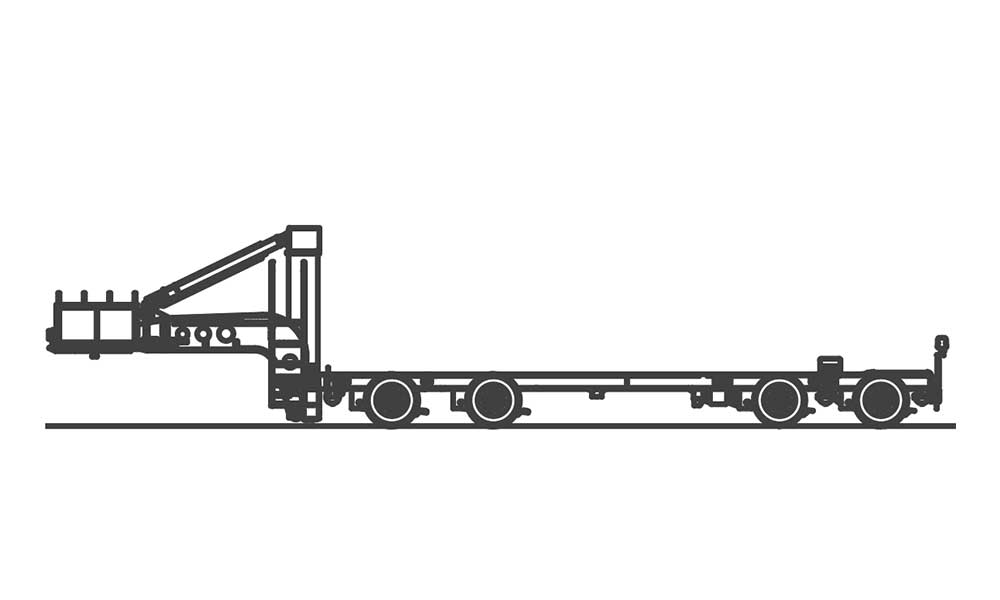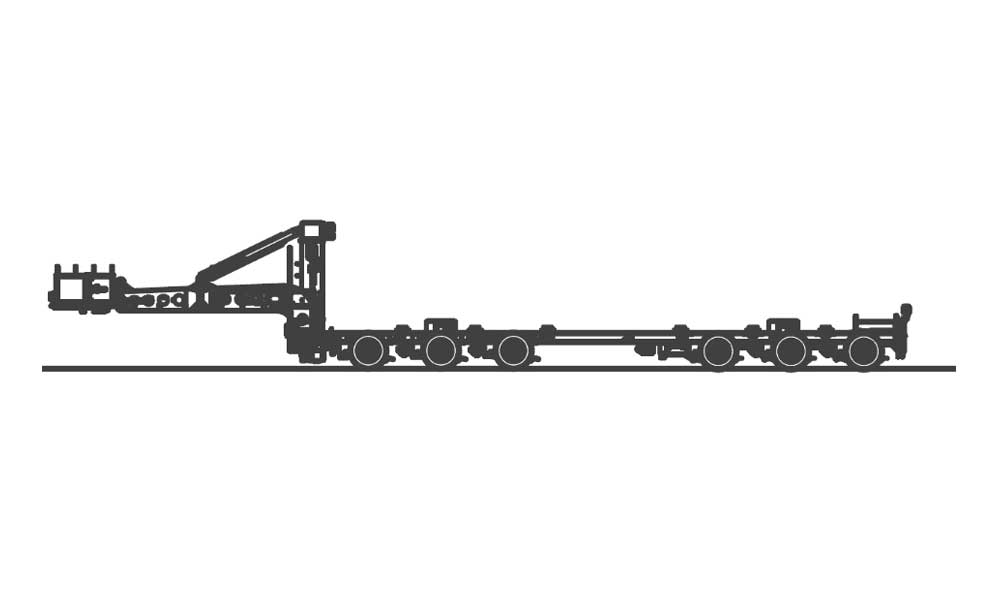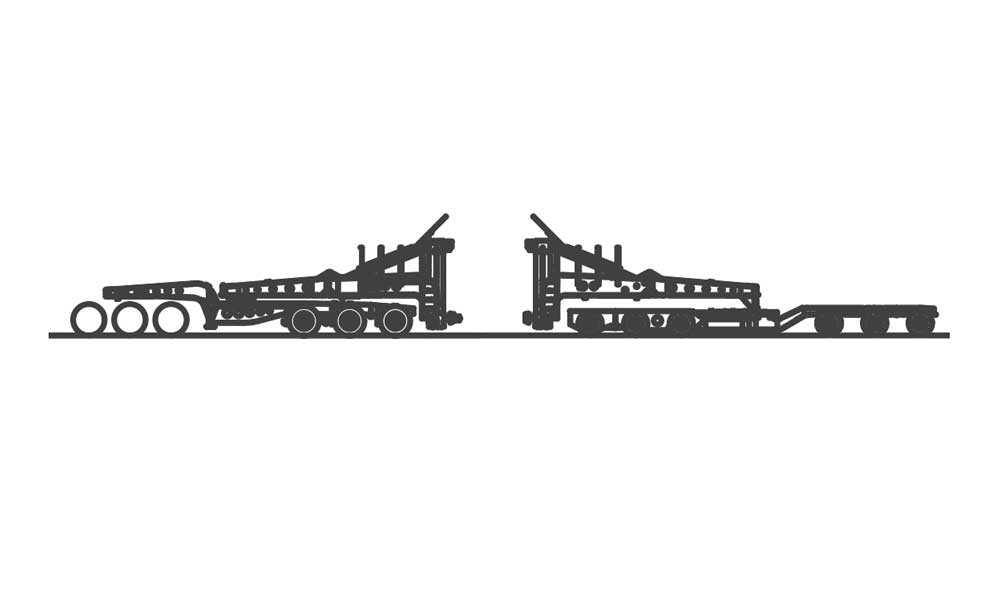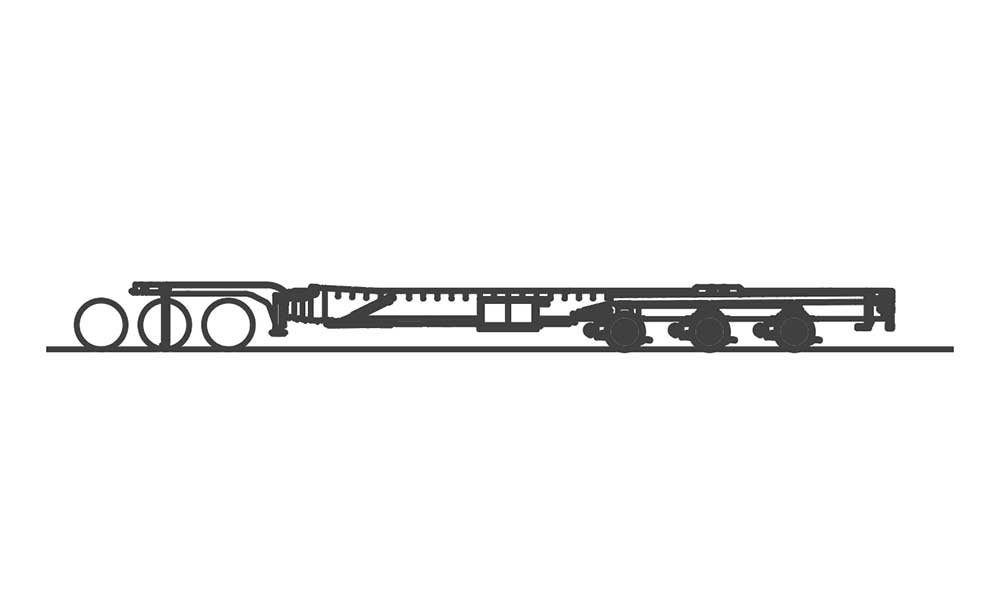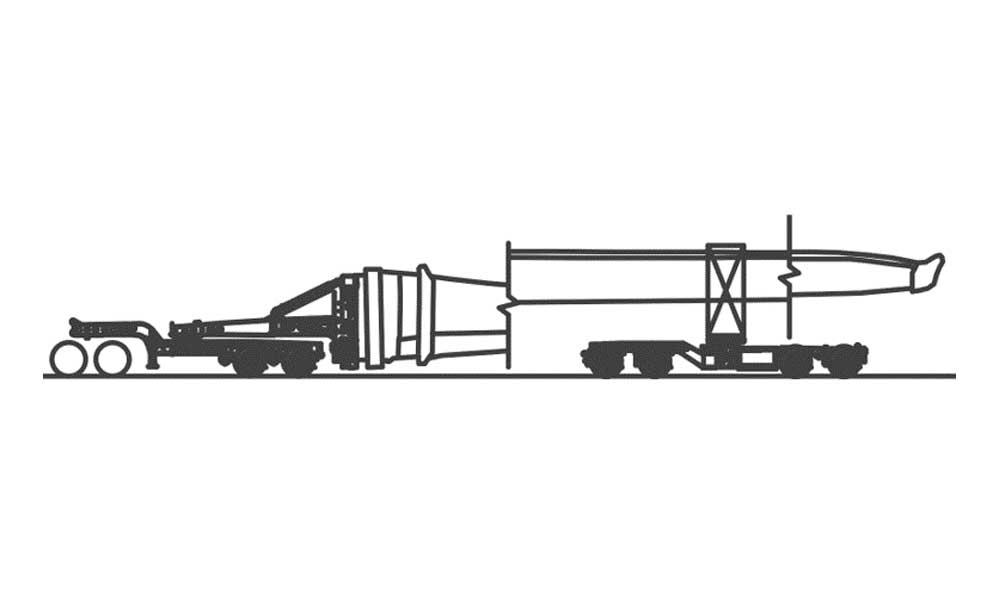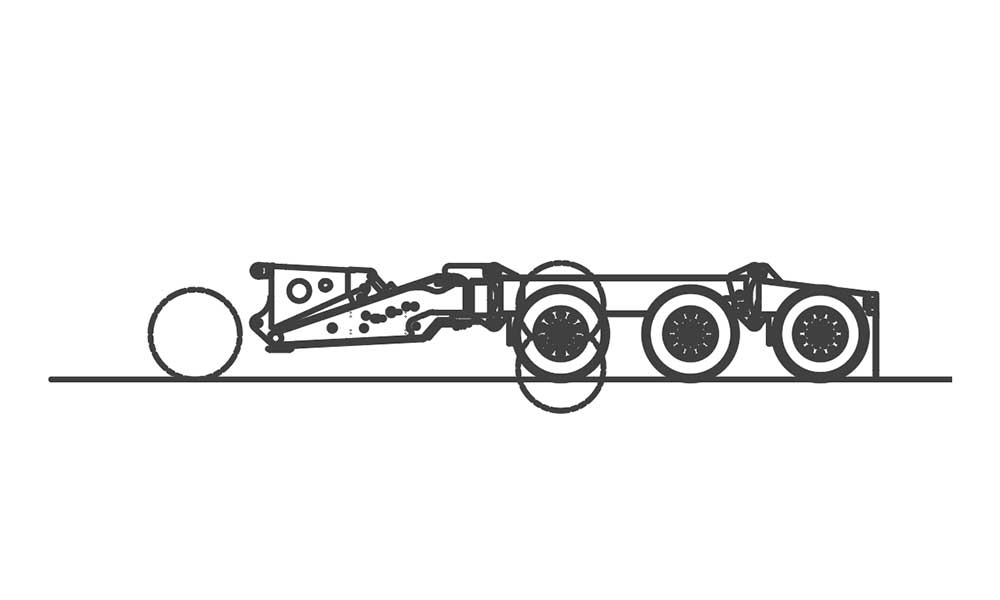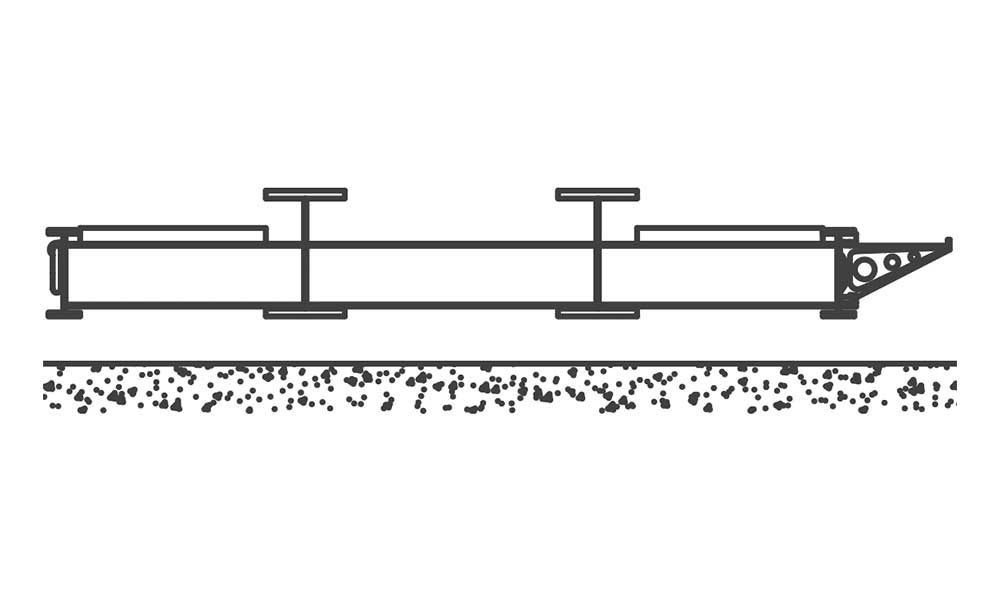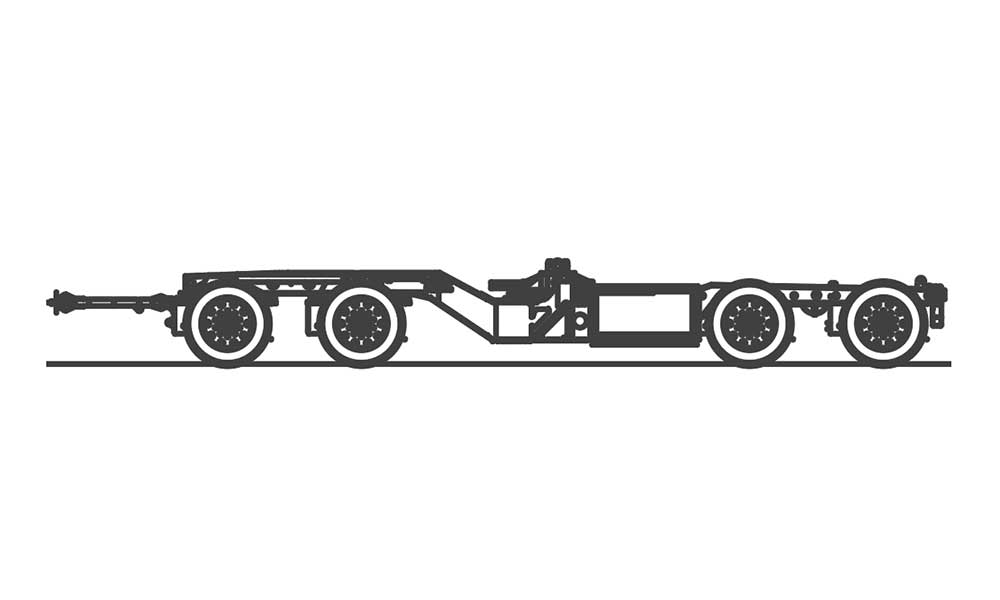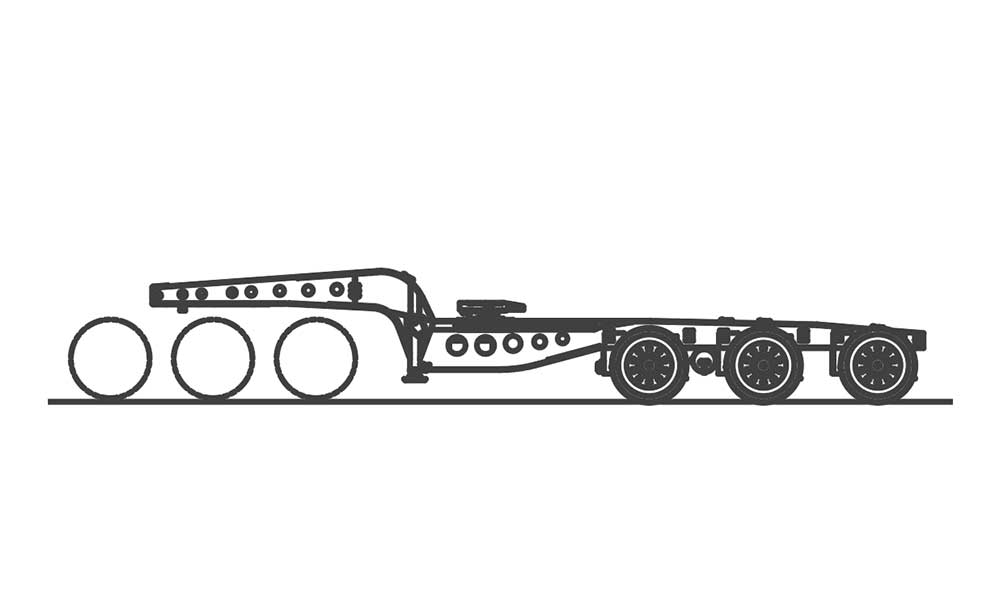Wind
Hauling windmill parts require specialized equipment. The blades, top sections, mid-sections, bases and nacelles all require dedicated trailers. Temisko has worked with our clients to offer products that can be transformed or expanded to remain current with industry changes. Some of the equipment offered has parts that can be re-used to make new configurations that are compatible outside of the wind hauling sector. Other units are comprised of multiple trailers that can be selected for their competitive tare weight or for the possibility of later re-use in other sectors.
Most equipment made for this sector is equipped with steerable axles. Temisko’s steerable system is second to none because of its superior geometry and low dog tracking. After an initial system pressurization, the double redundant hydraulic link between the control turntable and the steering actuators requires no additional power sources. This steering system has proven itself on over 200 units spanning 11 years.

